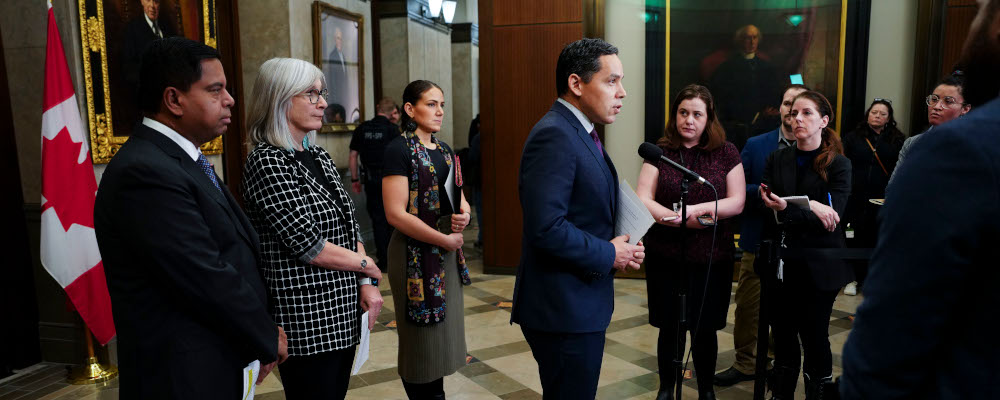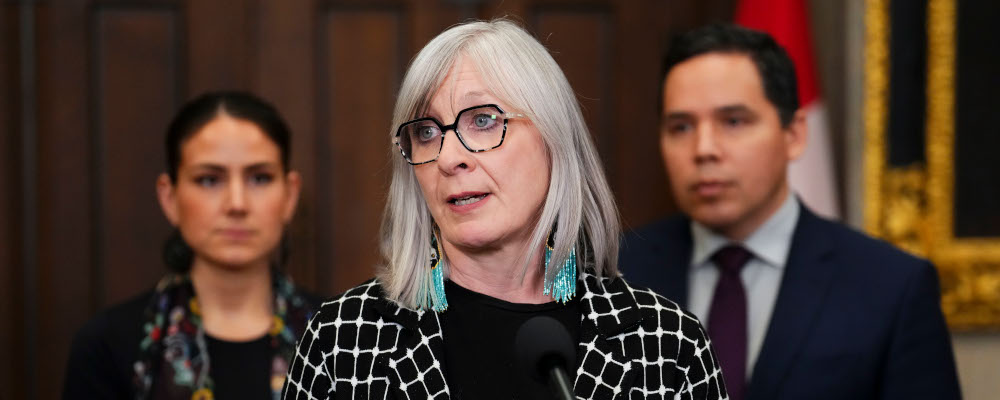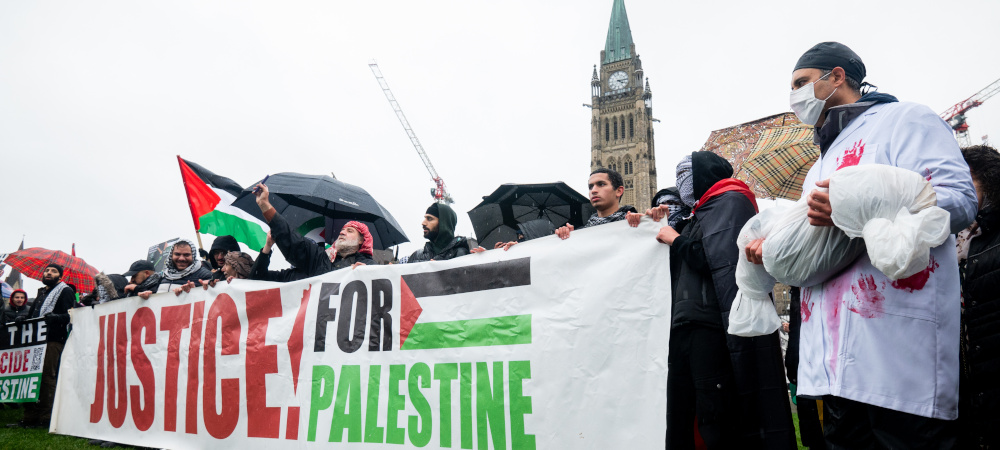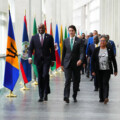In its quest to satisfy all 94 of the “calls to action” made by the Truth and Reconciliation Commission, the federal government has ticked another important box. Call number four is for child welfare legislation that “establishes national standards for Aboriginal child apprehension and custodial care…,” including the specific objective of “Affirm[ing] the right of Aboriginal governments to establish and maintain their own child-welfare agencies.”
The method is An Act respecting First Nations, Inuit and Métis children, youth and families enacted in 2019. It survived a constitutional challenge led by Quebec with a Supreme Court of Canada decision released in February, 14 months after a hearing involving 35 parties with appearances from 102 lawyers. With one important exception, the Court sustained the Act.
The exception was for the most extraordinary of several provisions clearly intended to meet the demands of indigenous representatives. Section 18(1) states there is an “inherent right of self-government recognized and affirmed by section 35” of the Constitution. While the scope of section 35 has been interpreted generously by a series of Supreme Court decisions, a constitutional right of self-government has never previously been recognized by Parliament or the Court. The Court stated that this recognition is ultimately a matter for the courts rather than the legislatures and refused to affirm the validity of the right, leaving that for another day.

Instead, the constitutional basis for validity is said to be the old section 91(24), giving Parliament authority over Indigenous Peoples. On that basis, the Act provides that it is binding on both the federal and provincial governments.
A number of other provisions, not commented on by the Supreme Court, are startling in legal terms. The most obvious allows for “coordination agreements” among an Indigenous governing body (IGB), the federal minister, and the relevant province(s). An IGB is “an Indigenous group [that] … intends to exercise its legislative authority in relation to child and family services”; there is nothing to require that an IGB meet any standards, for example as to experience or resources.
After an IGB requests federal and provincial governments to enter into a coordination agreement, a dispute resolution mechanism specified in the federal regulations will apply to the negotiations; but these regulations will come into force only if the affected IGBs “were afforded a meaningful opportunity to collaborate in [their] policy development.” And if the parties fail to agree on a coordination agreement, so long as the IGB “has made reasonable efforts to do so” for a year, it will become an IGB as if the agreement were signed. Thereafter, “laws” passed by the IGB have “the force of law as federal law.”
There is not space here to elaborate on this “federal law” provision. We think it extraordinary that an IGB pronouncement should have the status of a statute of Canada, prevailing in specified circumstances over other federal and provincial laws, especially if the federal government has not agreed to its content.
Nor are these the only legally remarkable provisions of an Act designed to implement a call to action from the TRC. The Act is replete with vague phrases and imprecise concepts that can be given flesh only by regulation or judicial ruling.

The Act contains elaborate standards for the decisions of IGBs and care providers. Appropriately, the best interests of the child are given top priority. But the best interests of the child must be considered in the context of specified “concepts” dealing with “cultural continuity” and “substantive equality.” Many of these concepts are designed to ensure that Indigenous-born children remain in the Indigenous community, with priority to parents and close relatives for custodial decisions. Socio-economic factors are not to be influential. Like much else in the Act, these provisions will cause difficulties of interpretation that are left for resolution by Indigenous decision-makers.
There are about 330 First Nations in Canada, many higher-order tribal councils, treaty bodies, regional associations, and program delivery joint agencies. There are many Inuit and Metis governing bodies. The legislation purports to cover off-reserve and non-Status Indians, which adds more existing bodies, all of which are capable of becoming IGBs. Most of these are financially dependent on the federal government, and many do not have governance rules requiring faithfulness to the Charter of Rights and Freedoms, as all other governments in Canada must.
The bottom line: noble intentions, atrocious legislation.
We submit that the segmentation of child welfare issues to the near-exclusive jurisdiction of IGBs, involving the use of highly innovative legal tools, should have been preceded by more extensive public scrutiny and debate than they received.
Recommended for You

Ginny Roth: J.D. Vance, Pierre Poilievre, and how they slice their economic pie

David Polansky: As President Biden leaves the race, will the Democratic Party hodgepodge hold?

RCMP spending to protect MPs may have risen 112% since 2018, as Canadian politicians face greater rise in threats

Trevor Tombe: Canadians are paying billions in hidden taxes on new homes










